The Relentless Pursuit of Happiness: Are We Running in Circles?
Do you ever find yourself in a perpetual chase for happiness, as if you’re on a treadmill that never stops? It’s like you’re always reaching for that next big thing—maybe it’s a promotion, a new relationship, or even a dream vacation—thinking, “This is it, this will finally make me happy.” But then, the initial excitement fades, and you’re back to square one, looking for the next thrill. Sound familiar? Don’t worry, you’re in good company. This emotional merry-go-round has a name: the Hedonic Treadmill. We touched on this fascinating phenomenon in our article on Hedonic Adaptation, and it’s a topic that deserves a closer, more nuanced look. So, let’s take a look at how this can impact our lives and how we might step off this treadmill to find a more enduring form of happiness.
Understanding the Hedonic Treadmill
The Mechanics of the Hedonic Treadmill: How It Works
Think of your happiness as a thermostat set to a specific temperature. Life’s highs and lows—like landing your dream job or going through a tough breakup—might temporarily crank the heat up or plunge it into a chilly zone. But here’s the kicker: sooner or later, the thermostat re-calibrates, bringing the temperature back to its default setting. This is the essence of the Hedonic Treadmill.

Let’s bring this to life with some everyday examples. Remember the euphoria you felt when you got that promotion you’d been eyeing? You were on cloud nine, right? But give it a few weeks or months, and you find yourself adapting to the new role, the increased income, and the added responsibilities. The thrill fades, and you’re already eyeing the next milestone.
Or consider the joy of moving into a new home. At first, every corner feels like an adventure, every room a sanctuary. But as days turn into weeks, the walls become familiar, and the excitement dwindles. You might even start thinking about redecorating or moving to an even better place.
It’s not that these achievements or changes are insignificant; they absolutely are milestones to be celebrated. But the Hedonic Treadmill. ensures that the emotional impact of these events doesn’t last forever. It’s a built-in feature of our emotional landscape, not a bug.
So, what’s the silver lining here? Understanding the mechanics of the Hedonic Treadmill empowers us. It helps us appreciate the transient nature of both joys and sorrows, encouraging us to live more fully in the present and to value the journey as much as the destination. After all, if the dial is going to reset anyway, why not make the most of every twist and turn?
The Role of Dopamine: The Neurochemistry Behind the Cycle
Dopamine, our brain’s own little “reward” chemical. This neurotransmitter is the star of the show when it comes to pleasure and happiness. Think of it as the confetti that bursts in your brain when you bite into a decadent piece of chocolate cake or when you hear the first chords of your favourite song. It’s that rush of good vibes that makes you feel like you’re on top of the world.
But here’s the catch: dopamine is a bit of a tease. When you encounter something new and exciting, like landing a dream job or going on a first date with someone who gives you butterflies, your brain releases a surge of dopamine. It’s like your internal applause, a standing ovation for a job well done or an experience well enjoyed.
However, as you settle into that job or continue to date that person, the dopamine fireworks start to fizzle out. It’s not that the job is less fulfilling or the person is less amazing; it’s just that your brain has adapted to this new “normal.” The dopamine levels taper off, and you find yourself back at your baseline level of happiness. It’s like your favourite song losing its magic after being played on repeat, or how the tenth slice of pizza in a week doesn’t taste as heavenly as the first.
So, what can we do about it? Well, understanding the role of dopamine in our happiness cycle is the first step toward making more informed choices. It’s a reminder to diversify our sources of joy and to savour those special moments when they come. It’s also a nudge to not be too hard on ourselves when the initial thrill of something wears off. After all, it’s not you; it’s just your dopamine doing its thing. And that’s perfectly okay.
Why We Keep Running: Psychological Perspectives
The Social Conditioning of More is Better
From the moment we’re old enough to understand, society starts whispering in our ears that “more” is the magic word. More shiny gadgets, more trophies, more followers on social media. It’s as if our worth is measured by the abundance of our possessions or the grandiosity of our achievements. Think about it: how often have you heard phrases like “the bigger, the better” or seen ads promising that buying this one thing will make your life complete?
This societal mantra infiltrates our lives in subtle and not-so-subtle ways. Consider the classic example of climbing the corporate ladder. You start with an entry-level job, but before you know it, you’re eyeing the corner office. The narrative is that the higher you climb, the happier you’ll be. Or take relationships. The notion that a “perfect” partner will complete us is so deeply ingrained that we often overlook the simple joys of companionship, always seeking someone or something more ideal.
But here’s the kicker: this constant quest for more can be exhausting. It’s like running on a treadmill that’s always speeding up; you have to run faster and faster just to stay in place. And let’s be honest, when was the last time you felt truly satisfied after achieving one of these “more is better” milestones? Probably not for long, right?
So, what if we flipped the script? What if we started valuing quality over quantity, depth over breadth? There’s something incredibly liberating about stepping off this relentless treadmill and taking a moment to appreciate what we already have. It’s not about settling for less; it’s about realising that sometimes, less is genuinely more fulfilling.
So go ahead, challenge the status quo. You might just find that in doing so, you’ll discover a richer, more meaningful path to happiness.
The Illusion of Progress: Why We Think We’re Moving Forward
We live in a world that’s obsessed with the idea of progress. From a young age, we’re taught to equate forward movement with success and, by extension, happiness. You graduated University? Fantastic, you’re on the right track. Landed that dream job? Even better, you must be over the moon! Bought a house? You’re clearly winning at life. However, the key thing is that these milestones, as significant as they may seem, often provide only a fleeting sense of joy.
This isn’t to say that progress is bad or that we shouldn’t strive for success. Goals give our lives direction and purpose. However, it’s crucial to recognise that the pursuit of these milestones won’t necessarily bring enduring happiness. They’re part of the journey, not the destination.
So, what’s the takeaway here? It’s about finding balance and learning to savour the victories without becoming ensnared in the illusion that they’re the ultimate key to happiness. Celebrate your achievements, absolutely. But also remember to find joy in the present, in the everyday experiences that make life rich and fulfilling. Whether it’s a leisurely walk in the park, a heartfelt conversation with a friend, or even the simple pleasure of reading a good book, these are the moments that offer a more sustainable form of happiness.
In essence, don’t let the illusion of progress keep you on a perpetual treadmill, always running but never arriving. Take the time to step off, catch your breath, and appreciate the here and now. You might just find that happiness has been there all along, quietly waiting for you to notice.
The Hedonic Treadmill in Everyday Life
Relationships: The Search for the Perfect Partner
The quest for love is often framed like a fairy tale, complete with fireworks and happily ever afters. We’re led to believe that finding “the one” will be the ultimate answer to our existential loneliness. And it’s true, the beginning is often magical—the butterflies, the late-night conversations, the feeling that you’ve found your missing puzzle piece. But even fairy tales move past the “once upon a time” stage. Relationships evolve, and the day-to-day takes over the dreamy-eyed dates. That doesn’t mean the love is any less real; it’s just more nuanced, layered with the complexities of life. So, instead of yearning for perpetual fireworks, find joy in the quiet moments, the shared laughter, and the mutual growth. These are the threads that weave a lasting tapestry of love.
Material Wealth: The Never-Ending Quest for More
The allure of the latest and greatest is undeniable. Whether it’s that cutting-edge smartphone that promises to revolutionise your life or the dream home that’s the epitome of luxury, acquiring these material possessions often brings a surge of joy. Remember the exhilarating sense of independence when you first gripped the steering wheel of your own car? Or the swell of pride when you crossed the threshold of your first home? Yet, as time marches on, the sheen of these acquisitions inevitably fades. Before you know it, there’s a newer phone with even more bells and whistles, or a grander house that catches your eye. The cycle is as unyielding as it is seductive.
There’s also another layer to this situation, modern society knows exactly how to exploit this “need for more.” Through relentless advertising on TV and incessant notifications on our personal devices, we’re bombarded with messages that tap into our insecurities and desires. These messages craft a narrative of perpetual inadequacy, subtly suggesting that our lives will be incomplete until we own this product or achieve that status. It’s as if we’re being programmed to remain on a treadmill of constant wanting, forever chasing the next shiny object.
Yet, amidst this cacophony of consumerism, it’s often the simple, intangible experiences that hold the key to genuine happiness. A meaningful chat with a close friend, the awe-inspiring hues of a setting sun, or the inner fulfilment that comes from a job well done—these are the gems that never lose their lustre. Unlike material possessions, these moments enrich our lives in ways that are deeply satisfying and enduring. So the next time you find yourself entranced by the siren call of the latest must-have item, take a moment to reflect on the treasures you already possess—the ones that no amount of advertising can ever diminish.
The Emotional Costs of the Hedonic Treadmill
The Stress of Constantly Wanting More
The perpetual chase for more—more success, more experiences, more accolades—can be downright exhausting. It’s like being on a merry-go-round that you can’t seem to get off. This relentless pursuit doesn’t just sap your joy; it can also escalate your stress levels to the point of burnout. But here’s the silver lining: recognising this pattern is the first step toward breaking free. You have the power to hit the pause button, step back, and reassess what truly matters.
The Paradox of Choice: When More Becomes Overwhelming
Imagine walking into a store to buy a simple white shirt, only to find an entire aisle dedicated to various shades, cuts, and fabrics of white shirts. Sounds like a shopper’s paradise, right? But instead of feeling elated, you feel overwhelmed. This is the paradox of choice in action. In a world brimming with endless possibilities—from career paths to Netflix shows to dating apps—the sheer volume of choices can be paralysing. It’s like standing at a crossroads with a hundred different paths stretching out in front of you, each promising its own adventure. But instead of embarking on any journey, you find yourself rooted to the spot, unable to move. It’s a daunting feeling, but remember, you don’t have to walk alone. Sometimes, narrowing down your options and focusing on what truly aligns with your values can be incredibly liberating. It’s about quality, not quantity, and choosing paths that enrich your life in meaningful ways.
Breaking Free: Strategies to Escape the Treadmill
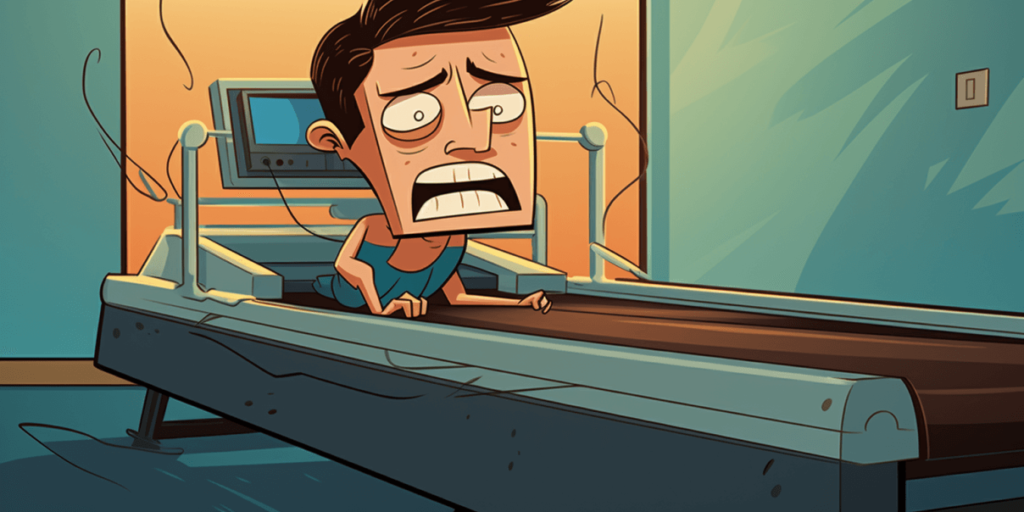
Mindfulness
The Power of the Present Moment
Mindfulness is more than just a buzzword; it’s a transformative practice that invites us to fully engage with the present moment. Instead of ruminating over past regrets or anxiously anticipating future events, mindfulness encourages us to be here, now. Imagine you’re sipping your morning coffee. Mindfulness would have you fully taste it, smell it, and feel its warmth trickling down your throat. It’s in these simple, everyday moments that we can find a break from the relentless craving for more that keeps us on the Hedonic Treadmill. By immersing ourselves in the present, we’re not just enjoying life more; we’re also giving ourselves permission to step off that exhausting treadmill, even if it’s just for a little while. So, the next time you find yourself lost in a whirlwind of wants and worries, take a deep breath. Ground yourself in the now. You might be surprised at the peace it brings.
The Minimalist Approach
Less is More
Minimalism extends far beyond the realm of physical possessions; it’s a holistic approach that can profoundly impact your cognitive and emotional well-being. In a society that incessantly nudges us toward “more”—more success, more connections, more activities—it’s crucial to remember that our mental and emotional spaces need decluttering too. Just as you might sift through a closet full of clothes, consider taking inventory of your thoughts, feelings, and commitments. Are they aligned with your core values? Or are they merely clutter that distracts you from what’s genuinely important?
Think of your mind as a garden. Just as weeds can overrun a garden if not regularly tended to, superficial desires and external pressures can clutter your mental landscape. These are the triggers that activate the Hedonic Treadmill, pulling you into a cycle of endless wanting. By applying the principles of minimalism to your cognitive and emotional life, you can weed out these distractions. This mental decluttering allows you to focus on activities and thoughts that resonate with your deeply held values, bringing you closer to authentic happiness.
So, how do you go about this mental and emotional decluttering? Start by auditing your commitments and daily activities. Are they serving your higher purpose, or are they merely filling time? Next, examine your emotional investments. Are your relationships nourishing your soul, or are they draining your energy? By asking these questions and making conscious choices, you can create a mental environment that’s conducive to well–being and personal growth.
In essence, minimalism isn’t just about having fewer things; it’s about having more clarity, purpose, and focus. It’s about removing the superfluous in order to make room for what truly matters. Whether it’s decluttering your home or your mind, the end goal is the same: to step off the Hedonic Treadmill and find lasting satisfaction in a life that’s aligned with your true self. And trust me, there’s no greater freedom than that.
The Role of Gratitude in Escaping the Treadmill
Counting Blessings: How Gratitude Resets Expectations
Gratitude is like a spotlight that illuminates the good in our lives, shifting our attention away from what’s missing to the abundance that already exists. Think about it: How often do we pause to appreciate the simple joys, like the unwavering companionship of a family pet or the wind rustling through the trees on a nature walk? By consciously counting our blessings, we recalibrate our expectations and take a meaningful step off the Hedonic Treadmill. It’s like finding hidden treasures in your own backyard, treasures that have been there all along but went unnoticed in the hustle and bustle of life. So, the next time you find yourself yearning for more, take a moment to reflect on the richness that already fills your life. You might be surprised at how this simple shift in perspective can be a game-changer in your quest for lasting happiness.
Practical Tips for Cultivating Gratitude
Gratitude is a practice that can be cultivated with intentional actions. One effective way is to keep a gratitude journal. Just before bed, jot down three things you’re grateful for that day. They don’t have to be monumental—sometimes, it’s the little things that make the biggest impact. Another approach is to incorporate verbal affirmations into your daily routine. While brushing your teeth or taking a shower, recite what you’re thankful for. You can even make it a family affair by sharing what you’re grateful for at the dinner table. These practices may seem small, but their cumulative effect can be profoundly transformative. They serve as daily reminders that happiness isn’t always about acquiring more but appreciating what we already have. So go ahead, give it a try. Cultivating gratitude might just be the key to hopping off that never-ending treadmill and finding contentment right where you are.
Positive Psychology’s Take on the Hedonic Treadmill
The Shift from Pleasure to Meaning
Positive psychology nudges us toward a paradigm shift, steering us away from the fleeting joys of hedonistic pleasure and toward a life rich in meaning and purpose. Think about it: the joy from eating a decadent dessert or buying the latest smartphone is short-lived, isn’t it? But the fulfilment from helping a friend in need or achieving a long-term goal? That sticks around. It’s like comparing the satisfaction of binge-watching a TV series to the deep contentment of finishing a meaningful project. One leaves you wanting more, while the other leaves you feeling whole. This is the essence of a meaningful life, and it’s a journey worth embarking on.
How Positive Psychology Offers a Way Out
Positive psychology doesn’t just offer advice; it provides actionable steps to enrich our lives. By honing in on our innate strengths and virtues—be it kindness, courage, or resilience—we can craft a life that’s not only happy but fulfilling. Imagine using your knack for storytelling to bring comfort to those going through tough times, or employing your organisational skills to spearhead a community project. These are not mere activities; they’re extensions of who you are, and they bring a sense of lasting fulfilment that transient pleasures can’t touch. So, why run endlessly on the Hedonic Treadmill when you can step off and walk a path that not only feels good but is also good for you? It’s a liberating shift, one that brings enduring joy and a life imbued with significance.
Long-Term Happiness: Is It Even Possible?

The Concept of Eudaimonic Happiness
You might be wondering, “Is long-term happiness just a pipe dream?” The good news is, it’s not. Enter Eudaimonic Happiness, a term that goes beyond fleeting moments of pleasure to encompass a life well-lived. Think of it as “flourishing” in a garden of life experiences, where happiness is nurtured by deeper virtues like meaning, purpose, and authentic connections. Unlike the fleeting highs and lows we often associate with happiness, Eudaimonic Happiness is more resilient to life’s inevitable ups and downs. For example, volunteering at a local shelter might not give you an immediate dopamine rush like buying a new gadget would, but the sense of purpose and community connection it provides is far more enduring.
How to Cultivate a Life of Meaning and Purpose
So, how do we tap into this richer, more resilient form of happiness? It starts with living a life that aligns with your deepest values and passions. Imagine waking up every day with a sense of purpose, whether it’s excelling in a career you’re passionate about, nurturing a family, or making a positive impact in your community. These aren’t just tasks to be checked off; they’re the building blocks of a fulfilling life. Let’s say you’re passionate about sustainable living. Your happiness could stem from creating a community garden, educating others about sustainability, or even making your own home more eco-friendly. These actions provide a sense of purpose that a new car or a promotion just can’t offer.
So, don’t be disheartened by the Hedonic Treadmill. It’s not the only game in town. By focusing on what truly matters, you can step off that treadmill and onto a path that leads to a deeper, more enduring form of happiness. And remember, the journey itself is as rewarding as the destination.
The Impact of Relationships on the Hedonic Treadmill
Love and Friendship: Can They Help Us Escape?
Ever noticed how a heartfelt conversation with a close friend can lift your spirits like nothing else? Or how a simple hug from a loved one can make the worries of the world fade away, even if just for a moment? That’s the magic of deep, meaningful relationships. They serve as emotional anchors, giving us a sense of stability and belonging that material possessions or career milestones can’t offer. In the context of the Hedonic Treadmill, these relationships act like the emergency stop button. They remind us to pause, appreciate, and soak in the joy of human connection, pulling us out of the ceaseless cycle of always wanting more. So yes, love and friendship can indeed be our escape hatch.
The Importance of Deep Connections Over Superficial Ones
We live in a world where social media followers are often mistaken for friends. But let’s be real—having a thousand online “friends” doesn’t hold a candle to a late-night heart-to-heart with a true confidant. It’s the depth of the connection that matters, not the number of contacts in your phone. Think about it: would you rather have a handful of people who genuinely care for you, celebrate your victories, and stand by you in times of crisis? Or a sea of digital acquaintances who barely scratch the surface of emotional intimacy? The answer is pretty clear. A few genuine, deep connections offer a wellspring of emotional support and understanding that a crowd of online followers can never match. So, focus on nurturing those meaningful relationships; they’re your lifeline in this ever-spinning wheel of life.
The Hedonic Treadmill and Aging
How Our Priorities Change as We Age
Growing older brings with it a wealth of experiences, and with those experiences come shifts in what we value most. Remember when getting the latest smartphone or attending the hottest party seemed like the pinnacle of happiness? As we age, those things often lose their lustre, replaced by deeper, more meaningful pursuits. Perhaps it’s the joy of a quiet afternoon with a good book, the laughter shared with a lifelong friend, or the simple yet profound happiness found in watching a sunset. These shifts in priorities aren’t just random; they’re a sign of a maturing understanding of what truly brings us lasting joy. So, if you find yourself caring less about the materialistic goals that once seemed so important, take it as a positive sign. You’re evolving, and your understanding of happiness is becoming richer and more nuanced.
The Wisdom of Older Generations: What We Can Learn
There’s a reason we often turn to our elders for advice. They’ve navigated the complexities of life, ridden the Hedonic Treadmill, and most have stepped off it, finding a more stable ground in the wisdom they’ve accrued. Whether it’s your grandmother who finds immense joy in her garden, or a mentor who advises you to focus on meaningful work rather than chasing promotions, their insights are like gold. They teach us that happiness isn’t found in perpetual motion, but often in stillness and contentment with what we have. They remind us that relationships, kindness, and gratitude are the cornerstones of a life well-lived. So, the next time you have the opportunity to glean wisdom from someone who’s been around the block a few times, seize it. Their perspectives can offer you shortcuts to stepping off your own Hedonic Treadmill, enriching your life in ways you might not have imagined.
Conclusion

The Journey to Sustainable Happiness
The quest for happiness is a multifaceted journey, and there’s a wealth of knowledge out there to guide you. Whether it’s the calming practices of mindfulness, the resilient philosophy of Stoicism, or the liberating principles of minimalism, there are numerous avenues to explore. Each offers its own unique perspective on how to find and maintain happiness. For instance, Stoicism teaches us to focus on what we can control and let go of what we can’t, a valuable lesson in today’s fast-paced world. So, don’t limit yourself; be curious, be open, and be willing to explore these enriching philosophies. Your path to lasting happiness may be a blend of many.
Finding your way off the Hedonic Treadmill isn’t about giving up on your dreams or suppressing your desires. It’s about gaining a deeper understanding of what truly fuels your happiness and how to achieve it in a more balanced and sustainable way. Think of it like adjusting your diet; you don’t have to give up all your favourite foods, but perhaps you start incorporating more fruits and veggies. Similarly, you don’t have to abandon your ambitions, but maybe it’s time to add more meaningful pursuits that offer lasting joy.
Remember, this isn’t a sprint; it’s a marathon. The path to enduring happiness is a continuous journey that requires self–awareness, mindfulness, and a willingness to adapt. Imagine finally getting that promotion you’ve been eyeing. It feels great, right? But instead of immediately setting your sights on the next big thing, take a moment to savour your accomplishment. Celebrate with loved ones, reflect on the hard work that got you there, and think about how this achievement aligns with your broader life goals. These mindful practices can help you step off the Hedonic Treadmill and onto a path that leads to a more fulfilling, contented life. You’ve got this!


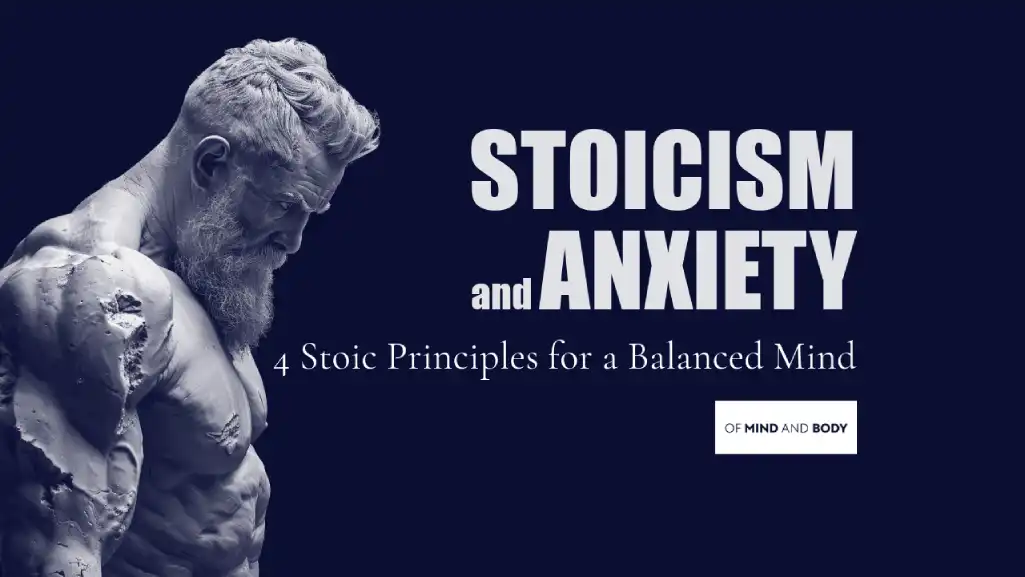
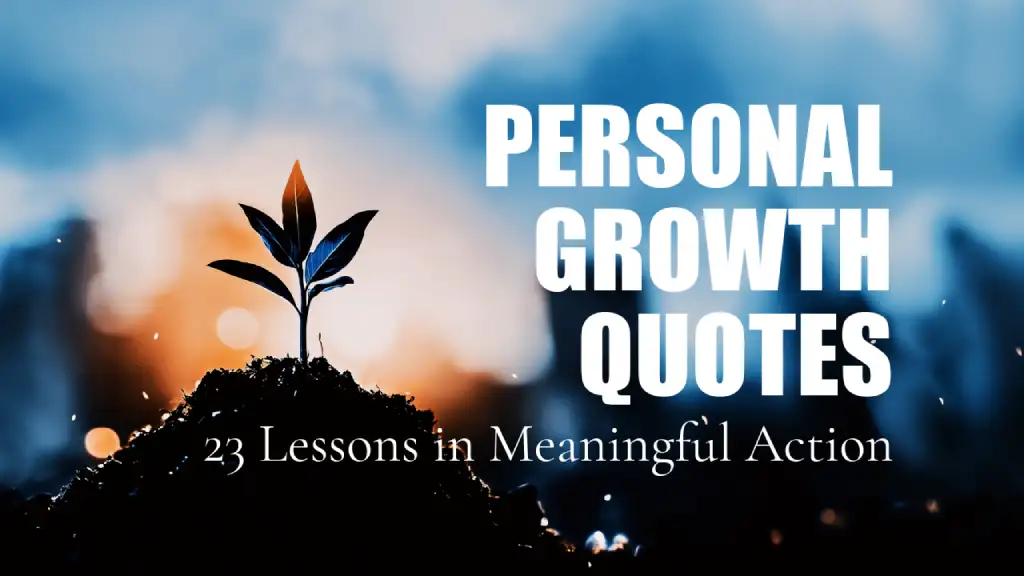
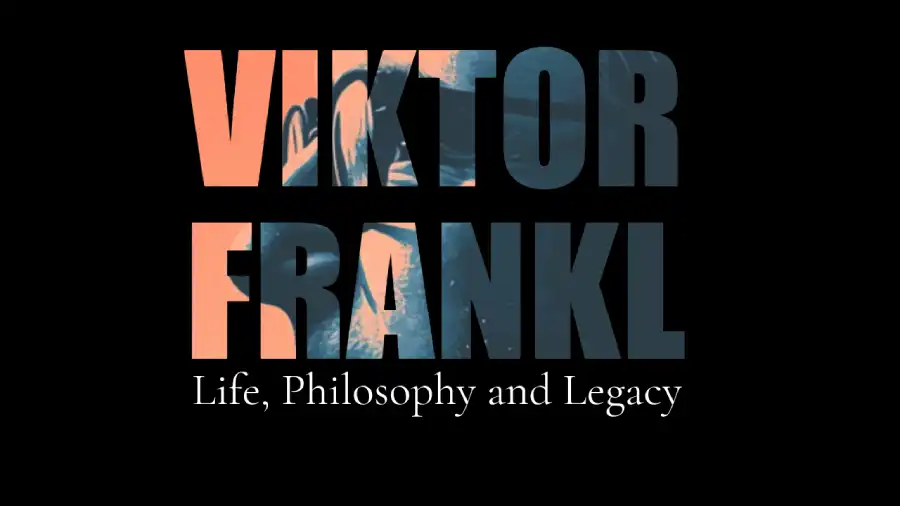
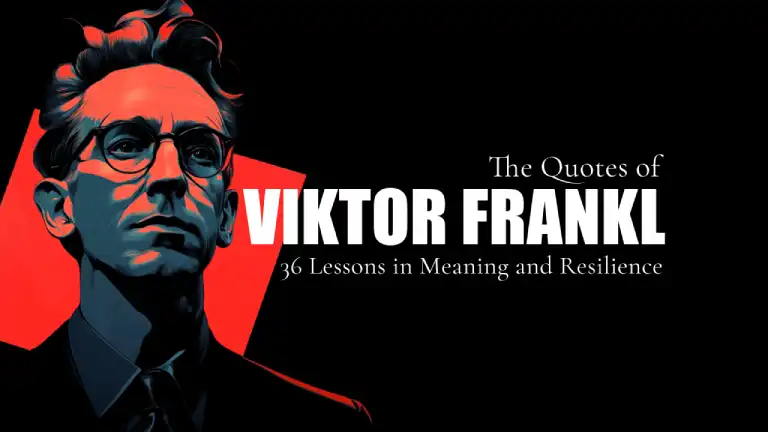
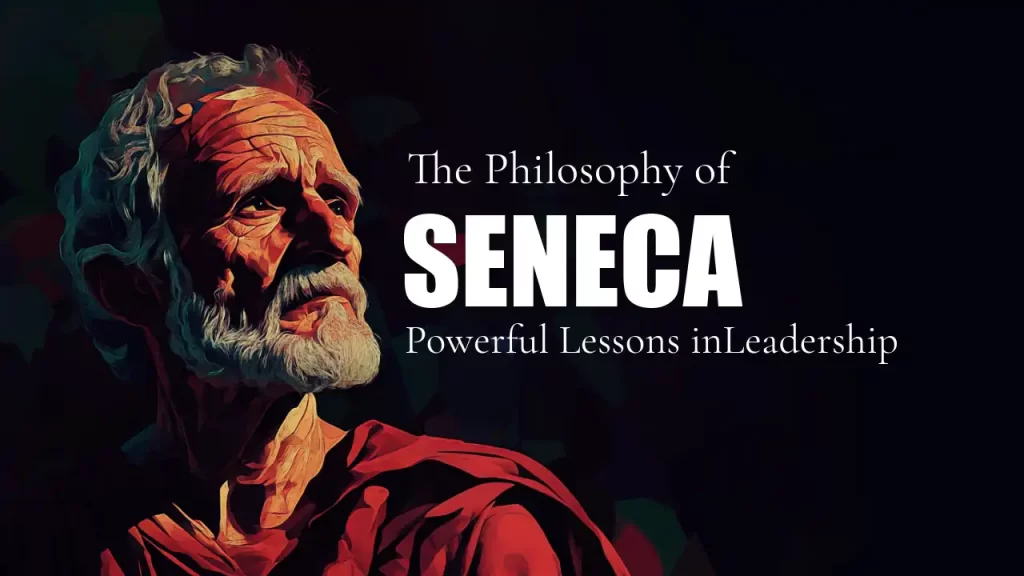
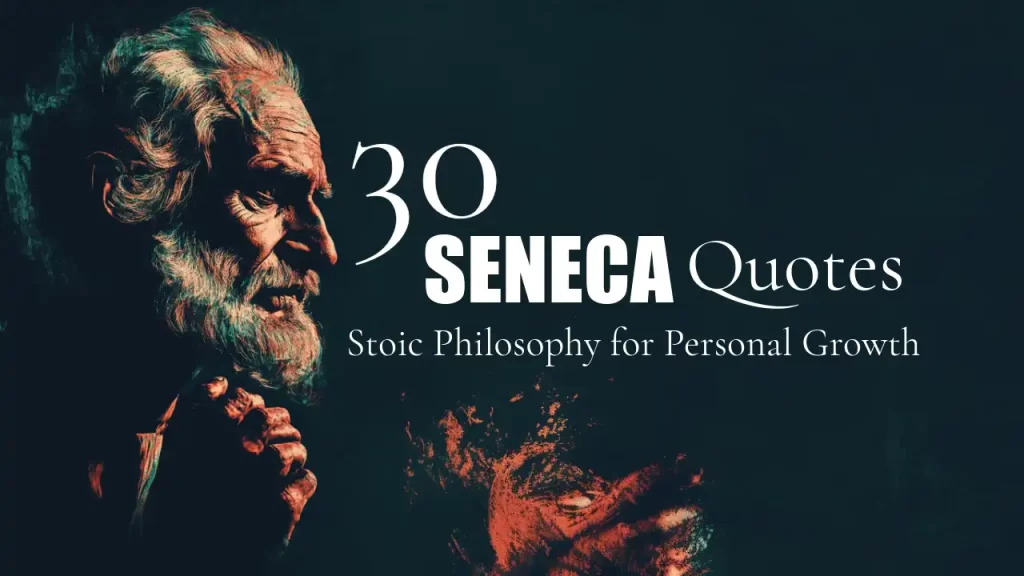
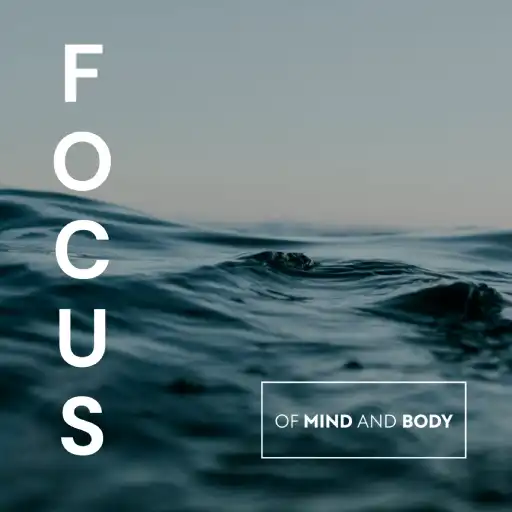
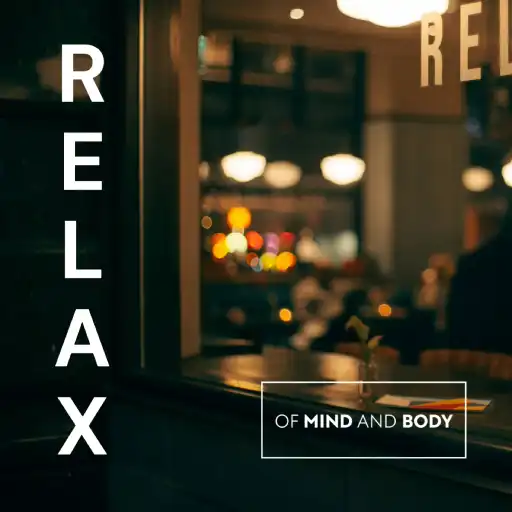
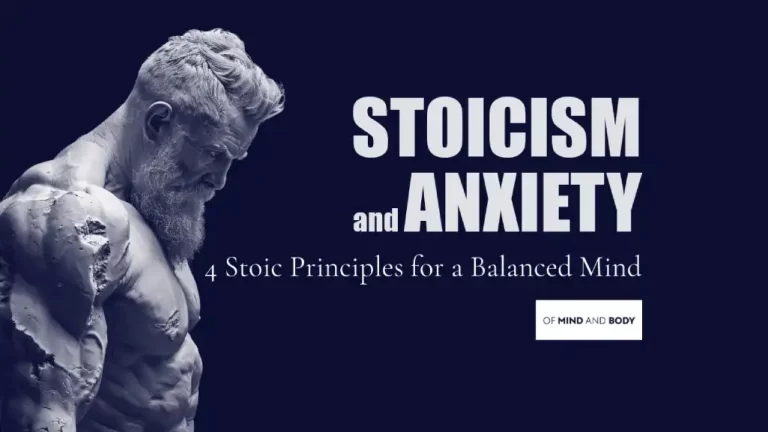
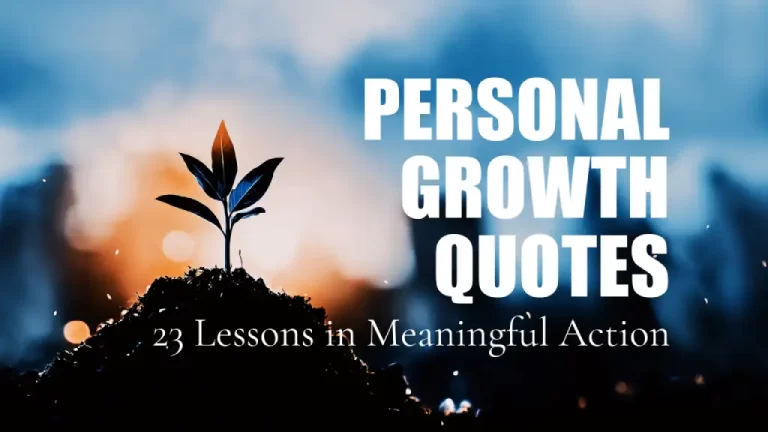
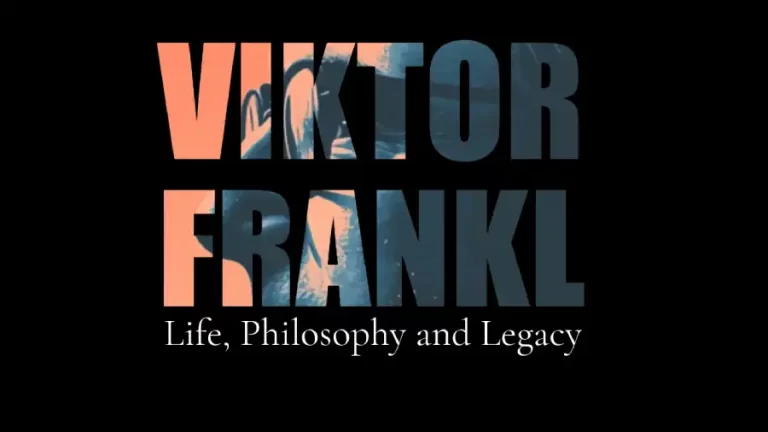
One Response